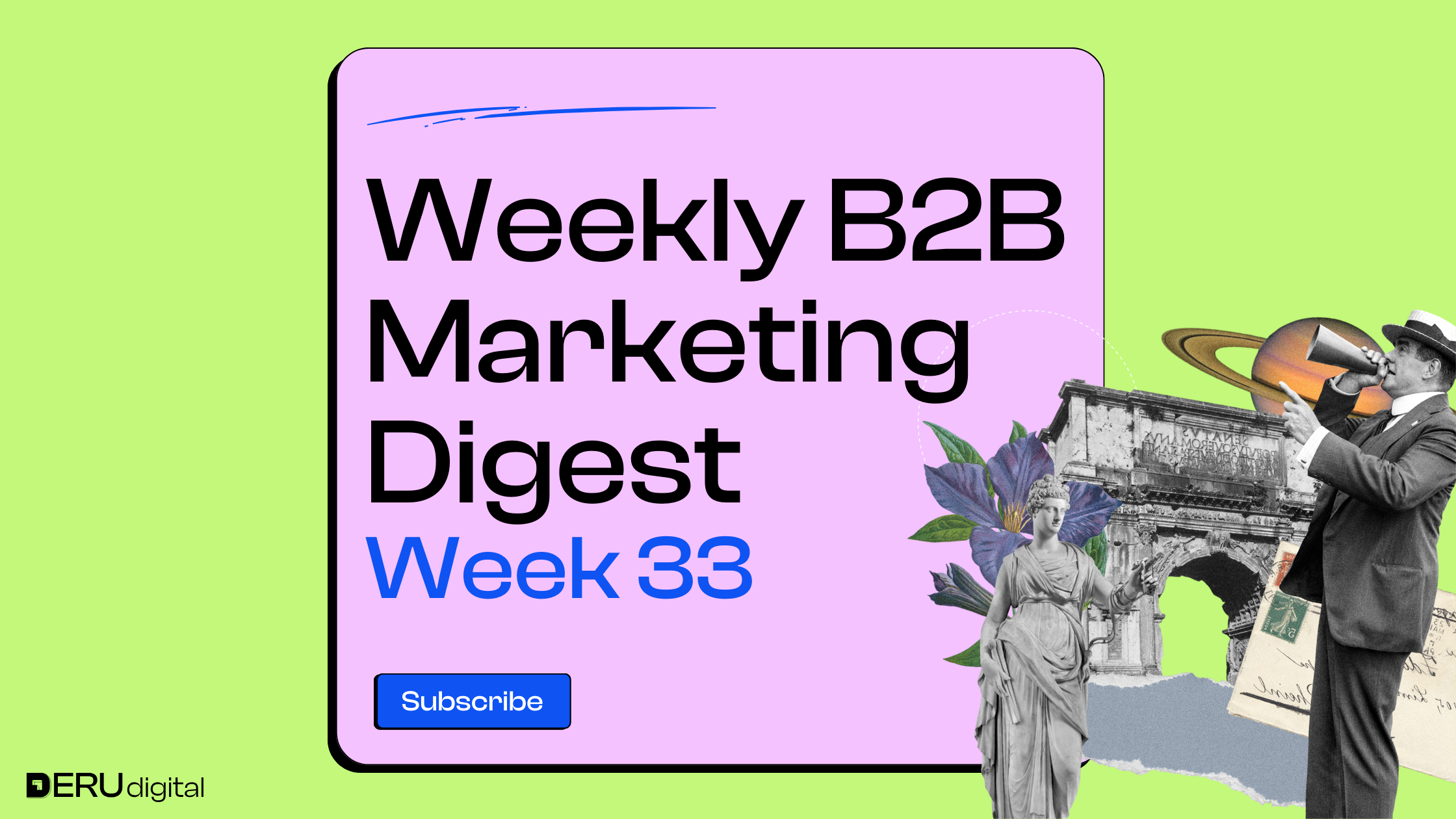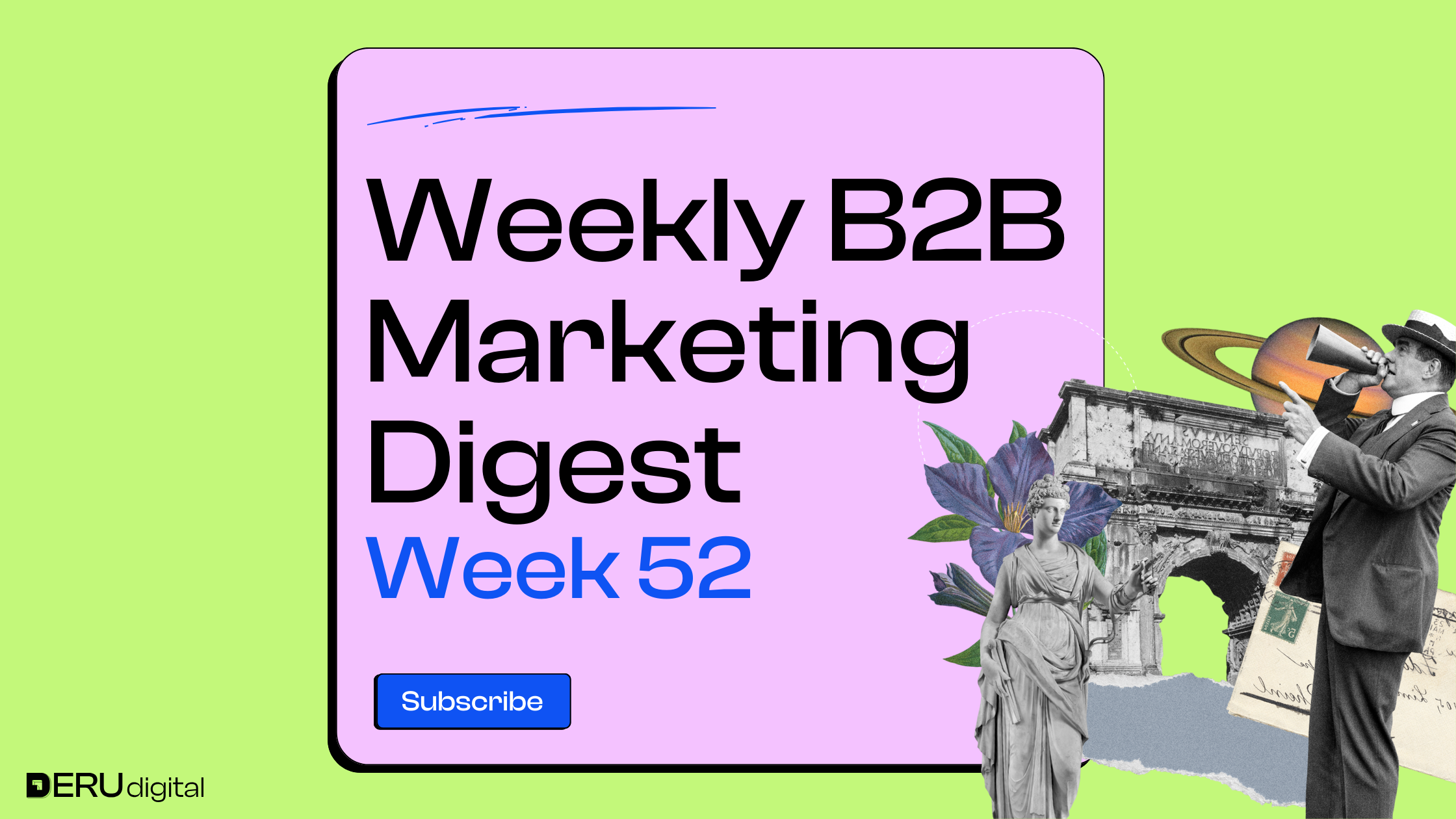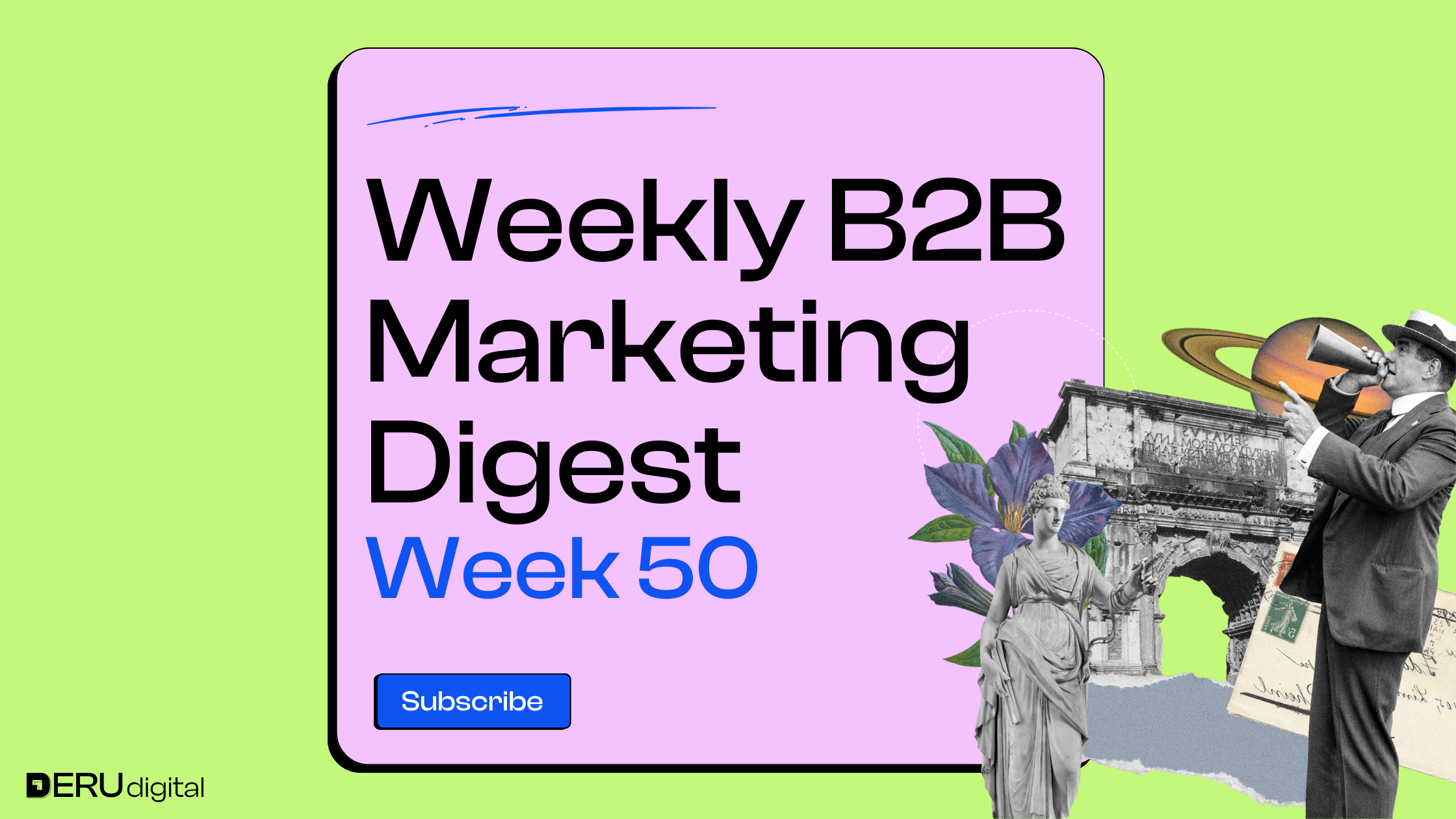INSIGHTS FROM EXPERTS ON LINKEDIN
Kevin Hjorslev shares that LinkedIn is rolling out Conversion Lift tests to help advertisers measure the true impact of their ads. It splits audiences into test and control groups, requires the Conversions API, and runs across campaigns for 30–90 days. While results aren’t always guaranteed, it’s a solid step toward more transparency in LinkedIn Ads.

Chris Chambers
Josh Lachkovic explains how three clients spending between £35k and £110k per month on Meta ads hit a scaling ceiling with conversion-only campaigns. Introducing upper funnel media buys helped break past those limits, showing the value of brand-building even at mid-level budgets. He’s now putting together a full report on what smaller advertisers can learn from this.

Steffen Hedebrandt shared that Dreamdata now supports Webhooks, which means you can send audience data instantly to tools like Zapier, Clay, or your sales tools. This lets high-intent accounts trigger things like emails or sales cadences right when they show interest, without any delays or manual work.
Adam Holmgren explained that startups often expect LinkedIn Ads to drive instant demos, but it works better as a brand-building channel. His framework starts with reach and storytelling, then uses retargeting to build trust, and only later pushes direct offers once people know the brand. He’s been running this approach on a modest budget and plans to scale it further.

Laura Erdem pointed out that a lot of “Direct” traffic in reports comes from tracking gaps, lost cookies, or touches that don’t get logged, like LinkedIn impressions. She said relying on single-touch attribution makes it hard to see what’s really driving growth. Comparing last-touch with data-driven attribution showed much clearer insights.

Jeremy Moser said the idea that “AI is replacing SEO” isn’t true, since AI tools still pull mostly from page-one Google results. He explained that the basics of SEO — solid content, authority, backlinks, and optimization — are still what matter most. Brands that pause SEO because of AI fears usually fall behind while competitors keep growing.
WHAT'S NEW IN THE INDUSTRY
Jonathan Knowles highlights that many B2B marketers struggle to secure funding because finance leaders see marketing as a cost, not a growth driver. His research shows marketing boosts cash flow, lowers costs, and reduces risk when done right. The report gives marketers a framework to speak the language of investors and prove why bigger budgets matter.

Google released a tool that helps advertisers spot issues in product-level conversion tracking before they hurt performance. It checks if cart data like item IDs, prices, and quantities are sent correctly and flags errors with clear alerts. For advertisers, it means cleaner data, better optimization, and stronger campaign results.
Google is rolling out large language models to block invalid ad traffic, cutting fake clicks and wasted spend by 40%. The AI analyzes content, placements, and user interactions in real time to catch bad traffic before it affects campaigns. This move gives advertisers more accurate reporting, better targeting, and stronger protection for their budgets.
Google Ads just added a new toggle in Performance Max reports that shows how your budget is actually split across channels. Now you can see which placements are soaking up spend, where conversions are really coming from, and where you might want to push more budget. It’s a small change, but one that finally gives advertisers a clearer picture of what’s going on under the hood.

Facebook gave its Professional Dashboard a facelift on desktop, with easier navigation and more detailed performance insights. Creators can now track things like earnings, retention, and audience trends, plus new tools like bulk uploads and data exports are on the way. Basically, it’s a more complete hub to manage content and grow your audience without jumping between devices.

LinkedIn is letting brands boost member posts that promote events, turning them into a new type of Thought Leader Ad. Instead of relying only on company pages, you can now amplify the voices people already trust, execs, employees, or creators, to drive more event signups. It’s a smart move for B2B marketers since people are far more likely to engage when the message comes from a real person.

That’s the scoop for this week! If you found this valuable and any useful insights caught your eye, feel free to share them with your network.
Until next week!



